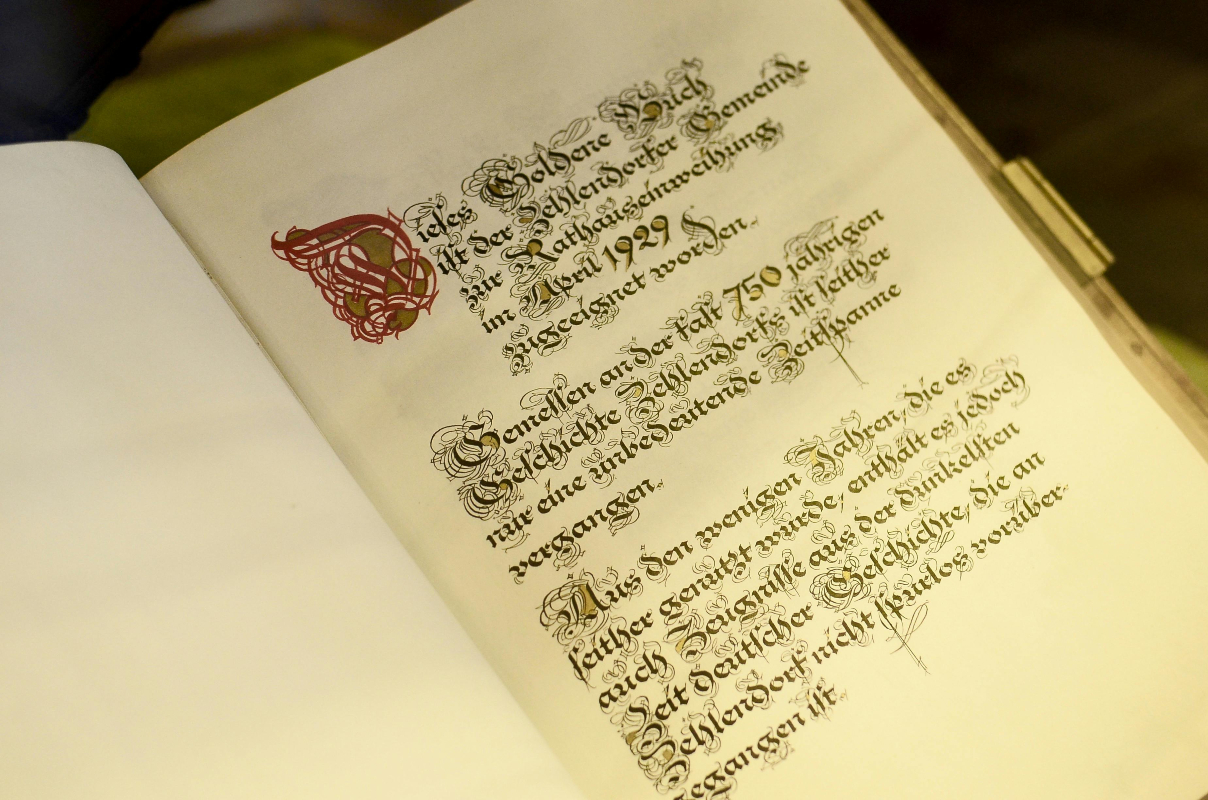In the heart of the Yucatán Peninsula, where echoes of the ancient Maya civilization resonate through the stones of Chichén Itzá, a remarkable discovery has once again ignited the flames of archaeological fascination. Emerging from the shadows of Maudslay's Temple 6 in the Casa Colorada complex, a recently unearthed sculpture of a Maya warrior's head, adorned with a helmet shaped like a feathered serpent with open jaws, has captured the imagination of the archaeological community. Discovered during the ongoing archaeological rescue work preceding the construction of the Maya Train, this 33-centimeter-high masterpiece offers a captivating glimpse into the earliest periods of Chichén Itzá's habitation.
The unveiling of this archaeological treasure occurred on a fateful Tuesday within the sacred confines of Maudslay's Temple 6. Attributed to the dedicated efforts of the Program for the Improvement of Archaeological Zones (Promeza), conducted as part of the preparations for the Maya Train construction, the well-preserved state of the sculpture hints at its resilience through the passage of time. This discovery underscores the artistic prowess of the ancient Maya civilization and reaffirms Chichén Itzá as a repository of untold historical richness.
Iconography and Significance
The Maya warrior head sculpture, standing at 33 centimeters in height, intricately showcases a helmet resembling a feathered serpent—a symbol deeply intertwined with Kukulcán, the feathered serpent deity revered by the Maya. Diego Prieto Hernández, head of the National Institute of Anthropology and History (INAH), illuminated the significance of this representation during President López Obrador's morning press conference. He emphasized the adherence to the tradition of depicting warriors with unique headdresses, in this instance, featuring the serpent figure and a feathered headdress.
The Casa Colorada area where the sculpture was found during excavation work. (INAH/Cuartoscuro)
Connections to Kukulcán
Diego Prieto Hernández proposed that the imagery likely pays homage to Kukulcán, a central figure in Maya mythology. Coincidentally, the preceding week saw the revelation of a circular temple dedicated to Kukulcán at the El Tigre site in Campeche, underscoring the intricate connections between Chichén Itzá and the broader Maya cultural landscape.
Updates on Promeza Projects
Beyond the Chichén Itzá revelation, Diego Prieto Hernández seized the press conference to provide updates on other Promeza initiatives. Notably, conservation efforts are underway at the Xelhá site on the coast of Quintana Roo, unveiling the principal port of the Cobá kingdom dating back 1,300 years. These projects, woven into the fabric of preservation, also strive to reconnect modern Maya communities with their culturally rich heritage.
Diego Prieto Herńandez discusses progress on archaeological work at a press conference. (Lopezobrador.org.mx)
Controversies Surrounding the Maya Train
While the archaeological findings are celebrated, the Maya Train project has not escaped controversy. Indigenous communities have voiced concerns about its environmental impact and potential disruption to their traditional way of life. Nevertheless, salvage work associated with the Maya Train has unearthed a staggering array of historical artifacts and structures, providing a tangible link to the past.
The discovery of the Maya warrior head sculpture at Chichén Itzá stands as a testament to the enduring allure of ancient civilizations. As archaeologists meticulously peel back the layers of time, each find enriches our understanding of the Maya people and their intricate cultural tapestry. While controversies persist around the Maya Train, the archaeological endeavors associated with it represent a delicate balance between progress and the preservation of invaluable historical treasures, ensuring that the whispers of the past continue to resonate in the present and beyond.









